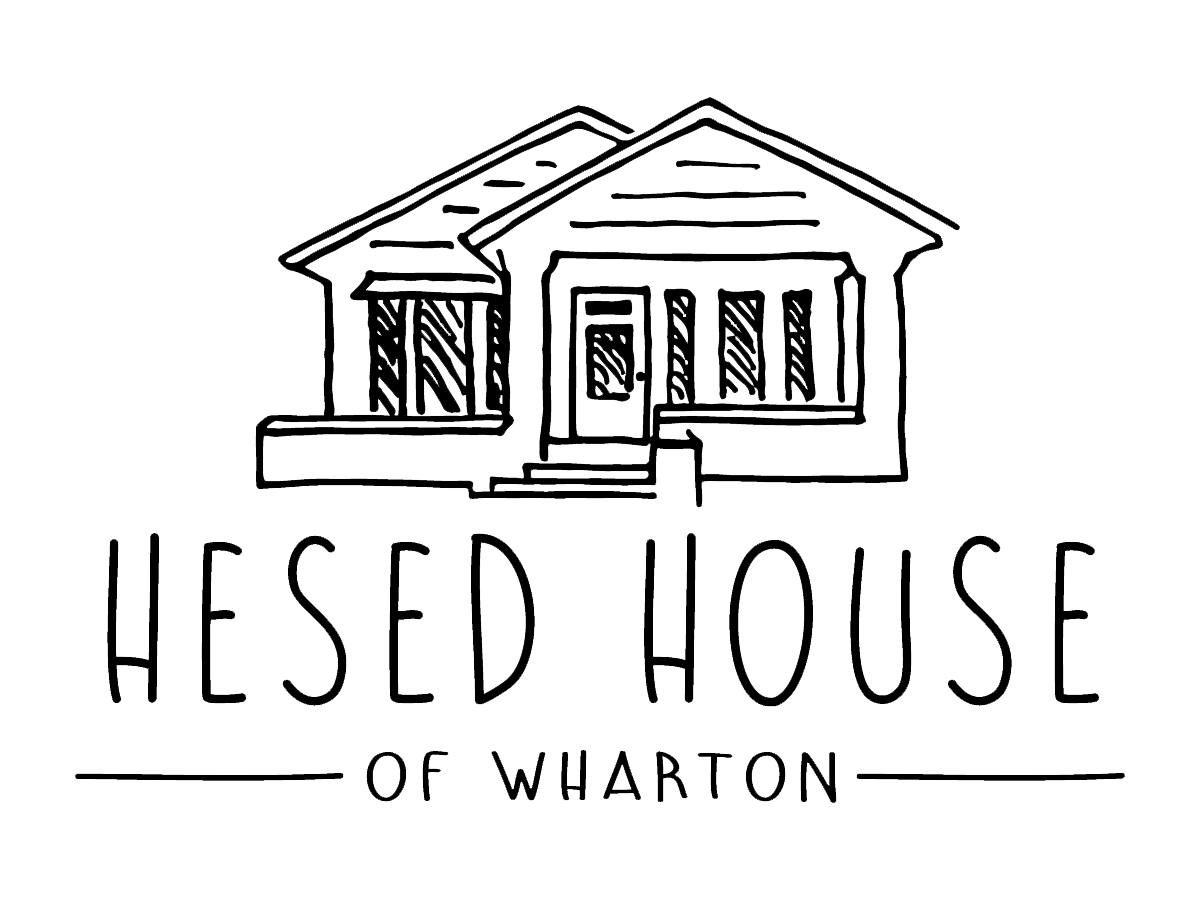When Good Enough Isn’t Even Close
Hurricane Harvey Recovery Update: August will mark three years since the devastating impact of Hurricane Harvey on the Texas Gulf Coast. With a developing storm moving into the Gulf of Mexico and headed toward Matagorda Bay, we find ourselves watching the weather reports with
wariness and weariness. You see, some people are saying “I can’t take another disaster, we just finished recovering.” Others are saying “We haven’t even recovered yet” And others, due to lack of equity in a system already difficult to navigate, are still wading through red tape to try to figure out what a “recovered home” is going to look like. These three years have felt much like a running timeclock on how quickly the resources will disappear. And the truth is, they are mostly gone.
For those of you who don’t know how long-term disaster recovery works, when we talk about long-term recovery, we are talking about years. How many years depends on a lot of factors—such as magnitude of the disaster, availability of resources, advocacy for the community from elected officials, media coverage, etc. During and after Harvey’s impact, I have to admit, I cast a skeptical side eye at every person who earnestly said “I/we am/are in it for the long haul.” My skepticism was rooted in the knowledge of how complicated and draining long- term recovery work is. I knew that because I had been doing it for 18 months when Harvey hit. And I was tired—a weary in my bones kind of tired.
When people and agencies asked how long I thought it would take to recover our community after Harvey, I said five years. Many of them verbally committed to those five years. But the truth is five years in the recovery world does not feel like a normal five years. It feels like an eternity. And now with Covid-19 causing yet another disaster for communities impacted by Harvey, for many people still working recovery, three years is starting to feel like “good enough.” And maybe it is for those of us not affected. But for those survivors still navigating the recovery systems, our good enough is their heartbreak. It is their hopelessness.
In the Spring, philanthropic disaster organizations and foundations intentionally started focusing community support on the pandemic. And we are grateful. But we can’t forget that communities like Wharton that are still recovering from disasters already had elevated needs and lacked resilience. When we talk about COVID needs, we are also talking about disaster recovery needs. How we think about community needs matters. And how we intentionally respond matters even more.

